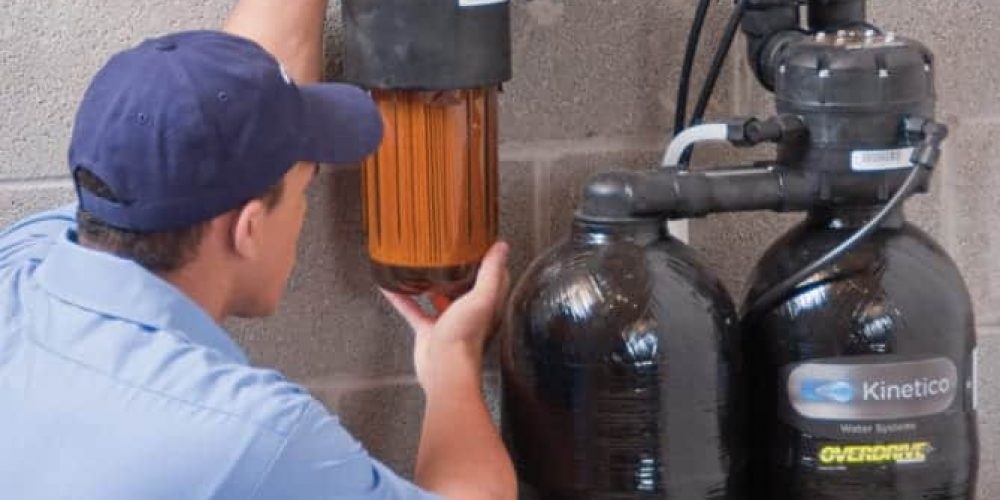Water softeners effectively reduce mineral scale and soap scum nuisances for years. That is until the components wear down. Noticing key indicators helps determine replacement timing, maximizing value from existing systems initially while upgrading lagging performance eventually. Here are some of the signs that it may be time to hire water softener replacement services in San Antonio, TX, to remove your existing water softener and install a new one.
Failing Regeneration Cycles Stop Absorbing Hardness Minerals
The core ion exchange process depends on special resin beads absorbing hard minerals as water flows through daily service cycles. The beads then flush contamination away into drains during periodic regeneration recharges. But if water testing reveals still-elevated hardness levels in output following recent recharge cycles, the media has become exhausted and fails to adequately grab elements, releasing more into supply lines despite attempts to cleanse it.
Persistent Household Water Pressure Loss
Over many years, cyclic operation grinds internal valves, seals, and flow pathways with debris carried in water supplies. This accumulated sludge compacts to restrict output flows despite backwashing attempts. When pressure loss complaints seem chronic following repairs, paths likely remain too narrow from gunk, while component fatigue necessitates full equipment replacement, restoring unobstructed flow.
Salt Usage Spikes Trying to Compensate Poor Cleansing
Increased salt demand during regeneration cycles signifies the system struggles to try to fully clean and recharge failing exhausted resin media, even using aggressive salt concentrations. This spiral suggests replacement is required before salt usage and costs inflate exponentially, temporarily masking inadequate softening issues but failing to restore hardness capturing capacity being lost truly.
Rust Damage Visible Around Major System Components
While minor surface corrosion may grace any water-handling equipment over expected lifetimes, substantial visible rust leaks weeping from tanks or internal connections signal integrity failures as metal walls grow thin, allowing full moisture breaches. Darkened resin bed color also confirms oxidation occurring from the inadequate separation of beads during incomplete recharge cycles, typically due to internal valve defects.
Aged Equipment Exceeds 10-Year Expected Reliable Lifespan
Industry averages anticipate viable water softener lifespans of around a decade before media filtration efficacy declines while concurrent metal and valve component fatigue reaches functional limits. So, despite occasional repairs handling symptoms earlier, performance reduction often accelerates into the back half of operational years.
Digital Error Codes Appear Again Despite Repairs
System controllers attempt to localize specific detected faults by showing error notification codes. While rebuilding or replacing various individual parts, like valves or flow sensors, may resolve some alerts temporarily, repeat notices resurfacing after service proves underlying equipment fatigue needs a full replacement. This proves the unit is unable to continue upgrading beyond piecemeal component repairs anymore.
Operational Cost Comparison No Longer Makes Sense
Review lifetime cost averages assigned to operating your current softener, including initial purchase expenses and fewer years of usefulness. weighed against the investment in new replacement equipment. If repair fees plus rising energy and salt costs still add up beyond 50% of the original system investment annually moving forward, it becomes logical to cut losses by upgrading entirely.
Rather than perpetually pouring money into an outdated water softening system rapidly losing water treatment effectiveness by the year, understand the key indicators signaling when replacement timing becomes advantageous. Know when it pays to ditch the old unit and install a new one.

